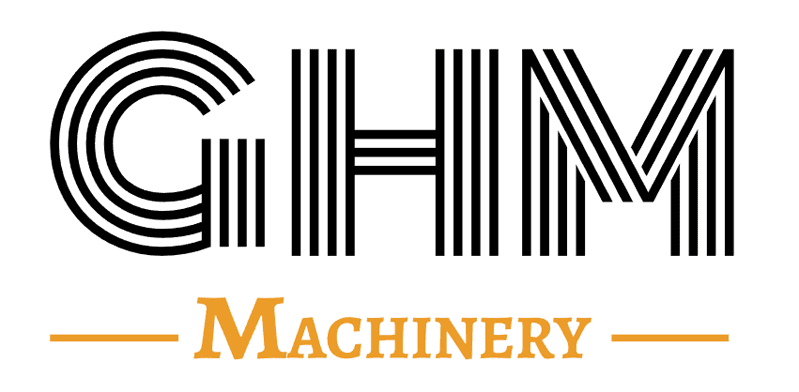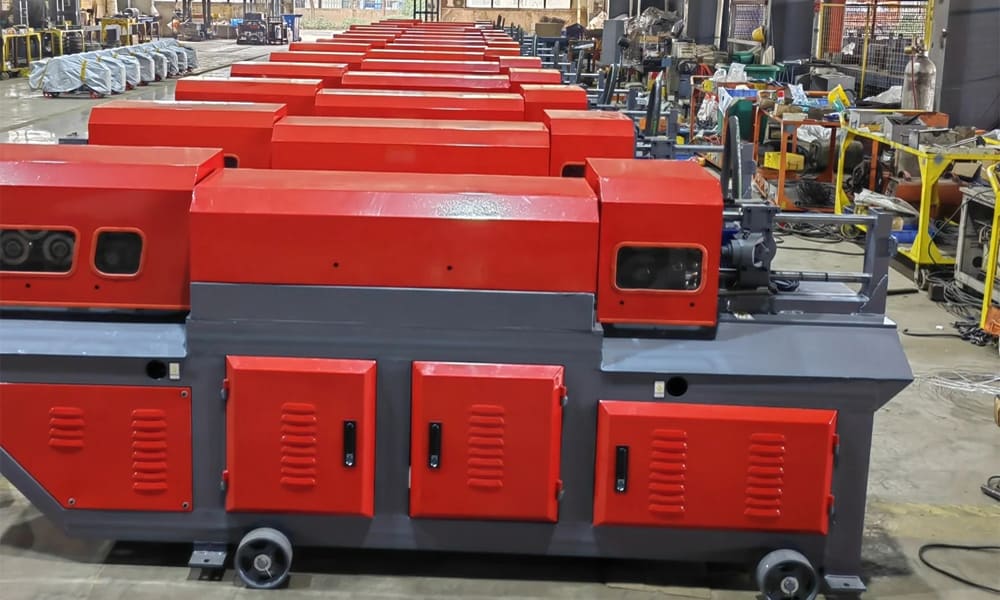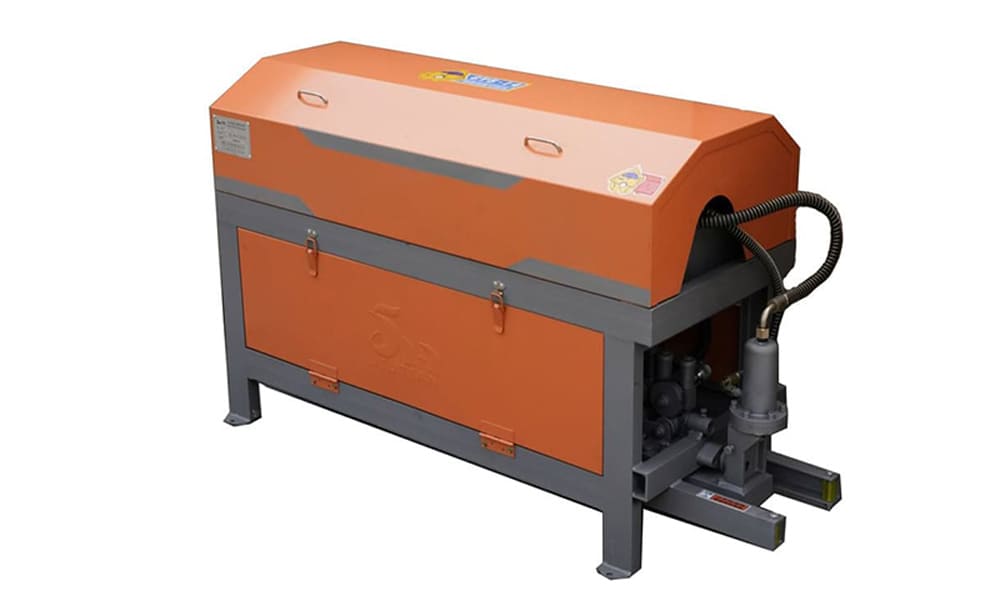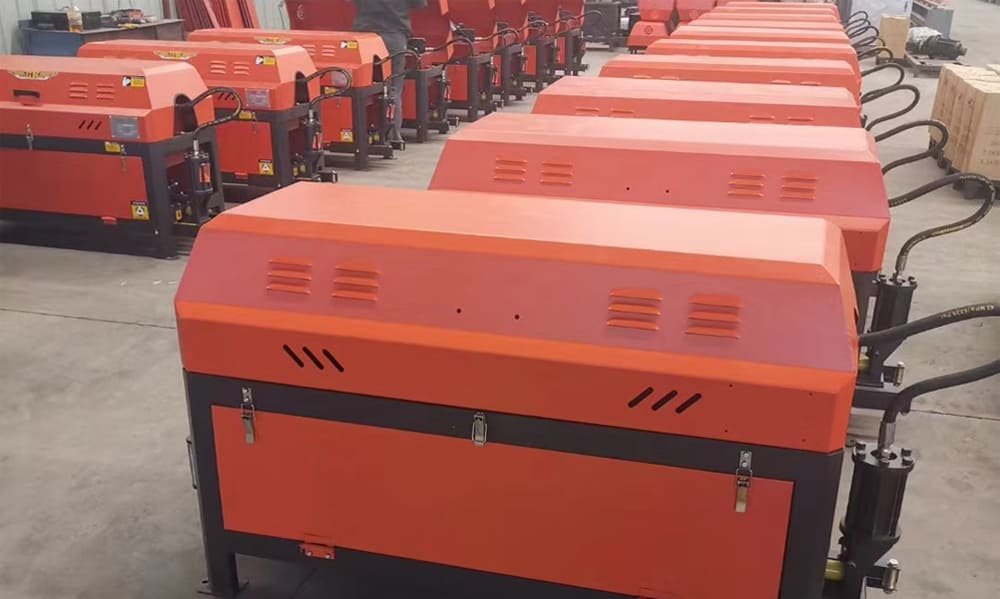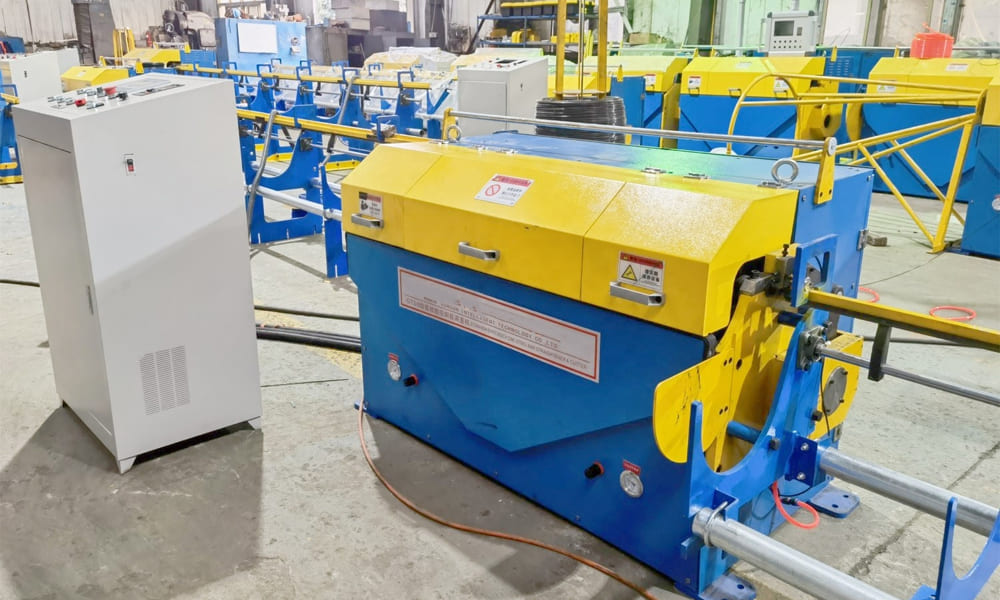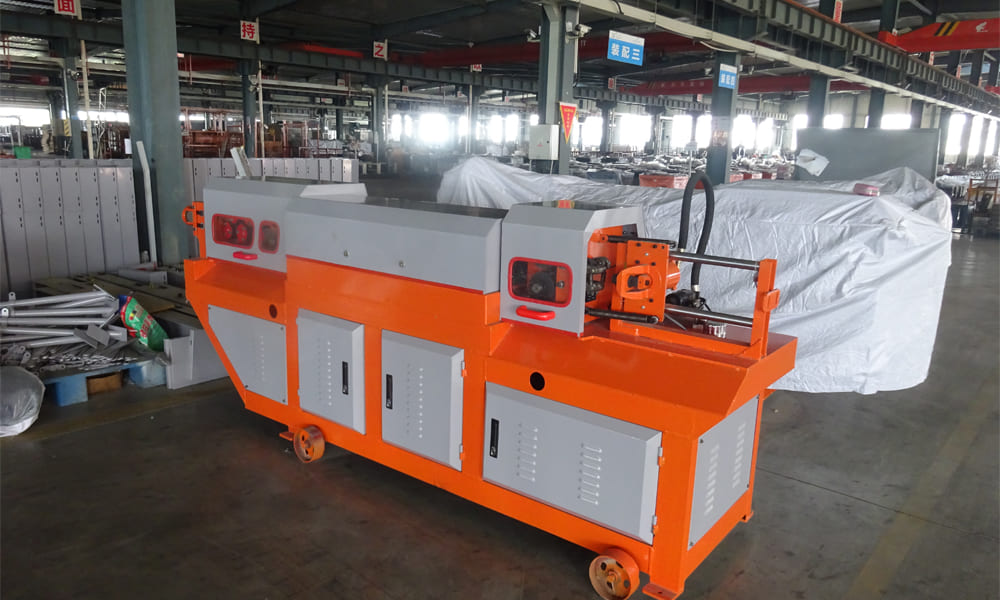The efficiency and precision of steel bar straightening are crucial for ensuring the structural integrity of buildings. One essential tool in this process is the rebar straightening and cutting machine, a device designed to straighten and cut steel bars with utmost accuracy. Let’s delve into the intricacies of how these machines work and the key steps involved.
The Core Mechanism
At the heart of the steel bar straightening machine is a model featuring eight orthodontic wheels. To comprehend its operation, we’ll focus on a model where four wheels in the middle handle alignment, while the remaining four on the sides are steel running wheels. The side wheels are adjustable to make contact with the steel bars. It’s crucial to note that the four middle wheels need to gently push the steel bars, mimicking a slight arc. This arc should be controlled, avoiding excessive curvature. Proper placement of steel bars at the entrance and alignment with the round exit is imperative.
Step-by-Step Guide to Straightening Steel Bars
1. Adjust the Orthodontic BlockThe orthodontic cylinder, equipped with five orthodontic blocks, plays a pivotal role. The first and fifth blocks should align on the center line, while the middle three can deviate slightly. Begin by offsetting the reinforcement by around 3mm. If trial adjustment reveals persistent bending, gradually increase the offset until the steel bar achieves a straight form.
2. Check Length after CuttingAfter cutting three or four steel bars, pause the machine to verify if the length is accurate. Address any misalignment by adjusting the limit switch or fixed-length plate until the desired length is achieved.
3. Install a Guide for EntryPlace a steel bar approximately one meter in front of the guide pipe. The straightened steel bars must pass through the steel pipe before entering the conduit and straightening pipe. This precaution prevents reels from popping out, minimizing the risk of injury during the straightening process.
4. Secure the Straightening BlockBefore fixing the straightening block, ensure that the protective cover is in place. This prevents the straightening block from dislodging and causing harm when the machine is operational.
5. Safety MeasuresAvoid stacking objects on the machine to prevent falling debris that could compromise its stability. When loading steel bars onto the pressure roller, maintain a safe distance between hands and the roller. Adjustments to the pressure roller should only be made when the machine is stationary. It is strictly prohibited to wear gloves during operation.
6. Final AdjustmentsWhen the steel bar straightening machine reaches the end of the adjustment process, personnel should steer clear to prevent any potential harm. Additionally, it’s emphasized that the straightening of steel bars with a diameter less than 2mm or greater than 9mm should be processed at a low speed.
Conclusion
Understanding the meticulous steps involved in the operation of a rebar straightening and cutting machine is essential for achieving optimal results in the construction industry. By following these guidelines and adhering to safety measures, professionals can ensure the efficient and safe straightening of steel bars, contributing to the overall success of construction projects.
